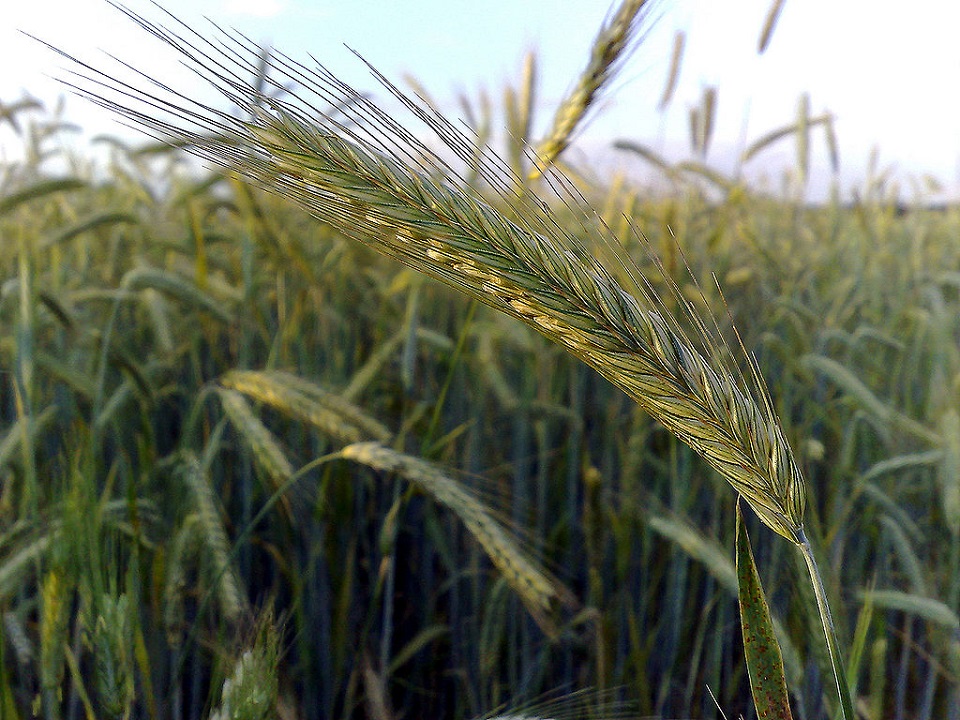
A diet rich in natural plant hormones has previously been shown to have protective effects against some cancer forms. As people in China and Japan generally eat far more food rich in these protective substances, compared to the western world, they also have a much lower risk for some cancer forms than the western world. But is it really the plant hormones that is to be given credit?
The study Nutritional aspects of primary prostate cancer prevention. indicates that a diet rich in beans, soybeans, flaxseed, sunflower seeds, berries, and peanuts is correlated with a significantly lower risk of prostate cancer.
Lignans and isoflavonoids are both plant hormones similar to human estrogen and are found in all the above food items. Foods that are particularly rich in lignans include flaxseed and rye, while soy and other beans contain a lot of isoflavones.
Abstract
OBJECTIVE:
Based on evidence that phytoestrogens may protect against prostate cancer, we evaluated the associations between serum enterolactone concentration or dietary phytoestrogen intake and risk of prostate cancer.
METHODS:
In our Swedish population-based case-control study, questionnaire data were available for 1,499 prostate cancer cases and 1,130 controls, with serum enterolactone levels in a sub-group of 209 cases and 214 controls. Unconditional logistic regression was performed to estimate multivariate odds ratios (ORs) and 95% confidence intervals (CIs) for associations with risk of prostate cancer.
RESULTS:
High intake of food items rich in phytoestrogens was associated with a decreased risk of prostate cancer. The OR comparing the highest to the lowest quartile of intake was 0.74 (95% CI: 0.57-0.95; p-value for trend: 0.01). In contrast, we found no association between dietary intake of total or individual lignans or isoflavonoids and risk of prostate cancer. Intermediate serum levels of enterolactone were associated with a decreased risk of prostate cancer. The ORs comparing increasing quartiles of serum enterolactone concentration to the lowest quartile were, respectively, 0.28 (95% CI: 0.15-0.55), 0.63 (95% CI: 0.35-1.14) and 0.74 (95% CI: 0.41-1.32).
CONCLUSIONS:
Our results support the hypothesis that certain foods high in phytoestrogens are associated with a lower risk of prostate cancer.
______________________________
Nutritional aspects of primary prostate cancer prevention.
_______________

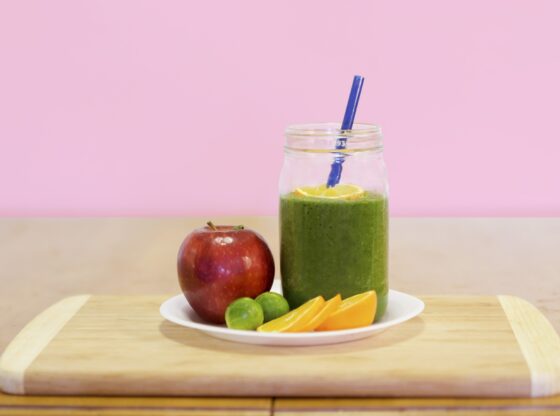
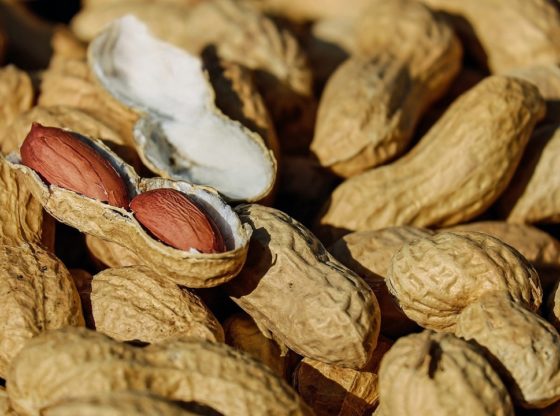
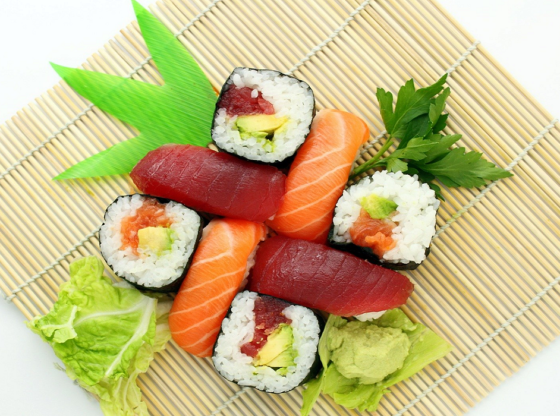

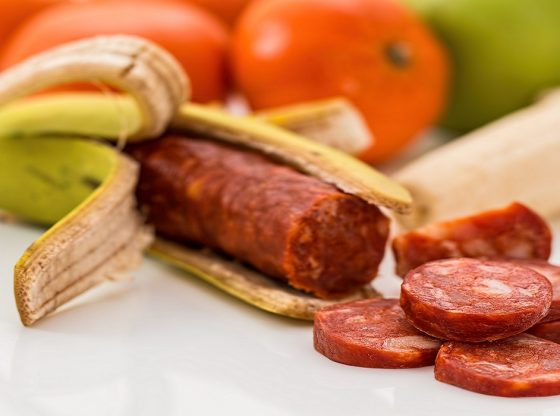
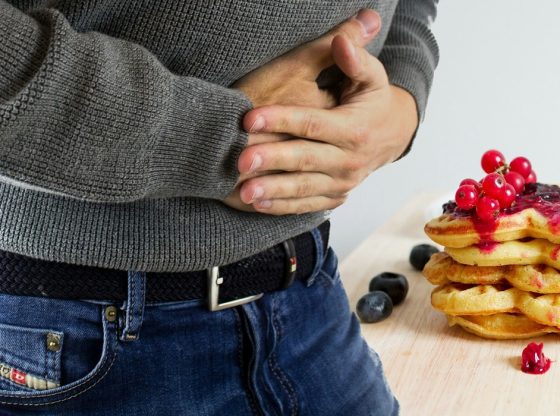
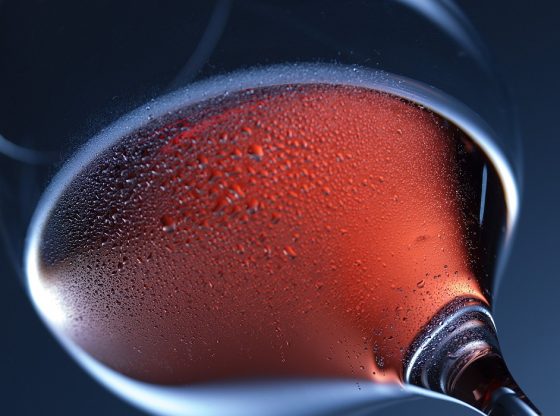
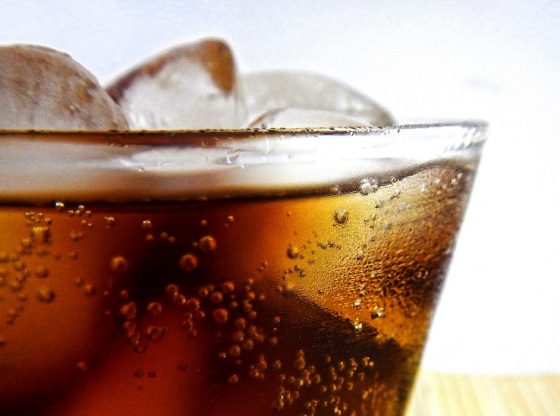
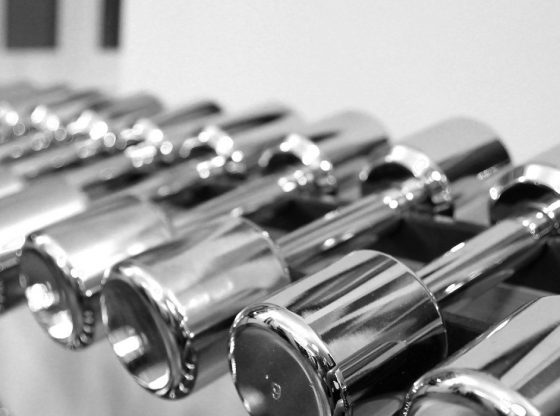

![OpenAI. (2025). ChatGPT [Large language model]. https://chatgpt.com](https://www.illustratedcuriosity.com/files/media/55136/b1b0b614-5b72-486c-901d-ff244549d67a-350x260.webp)
![OpenAI. (2025). ChatGPT [Large language model]. https://chatgpt.com](https://www.illustratedcuriosity.com/files/media/55124/79bc18fa-f616-4951-856f-cc724ad5d497-350x260.webp)
![OpenAI. (2025). ChatGPT [Large language model]. https://chatgpt.com](https://www.illustratedcuriosity.com/files/media/55099/2638a982-b4de-4913-8a1c-1479df352bf3-350x260.webp)








